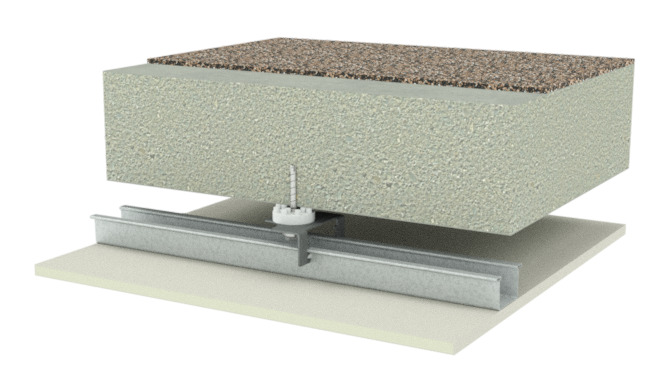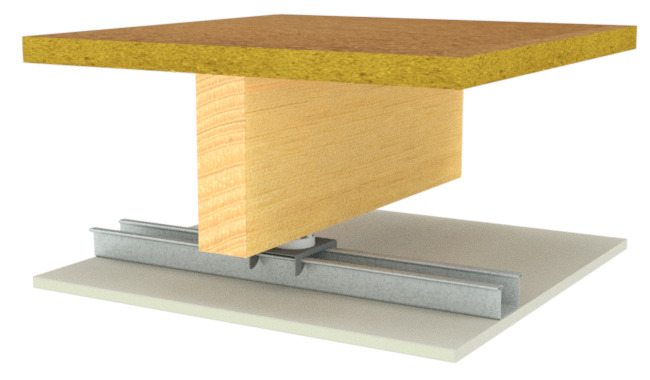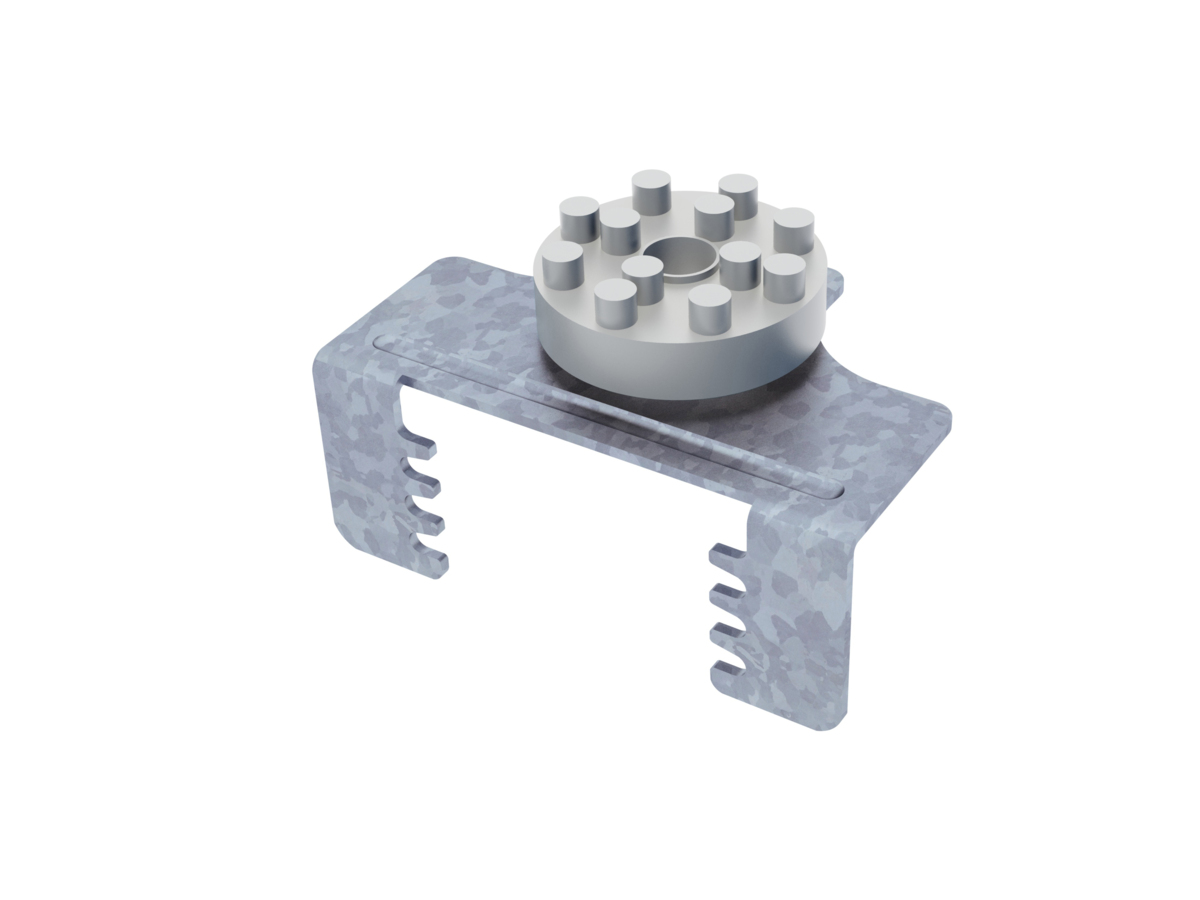To improve the performance of your room, consider the following:
- To help reduce sound transmission through a wall - install an improved sound resistant plasterboard and wall system. Refer to the Siniat Blueprint.
- Close all gaps or penetrations with a sealant. Doorways dramatically decrease the acoustic performance of the room. Even with the door closed, sound can still either flow under the door or penetrate through the door if it is of low acoustic performance. Solid core doors are recommended.
- Sound will travel into ceilings, through floors and be transmitted to other rooms and areas external to the house.
- Including insulation in the wall cavity between the studs will reduce sound transmission between rooms.
- Resilient mounts or channels can be installed to reduce the level of sound penetrating through the structure.
- Double separated stud walls help to reduce the level of sound penetration through a wall by decoupling sound transmission from room to room.
Sound is a 3D pressure wave travelling through the air. It will pass from one room to another by travelling through any part of the structure of the room - walls, ceilings, doors, windows - and any gaps. Sound will always take the path of least resistance. The entire room and surrounding environment play a critical part in achieving the desired results. Soundshield and OPAL are high-density plasterboards useful in resisting the penetration of lower frequency sounds, such as the sound generated by a sub-woofer. By combining SoundShield or OPAL with insulation the transmission of medium and high frequency sounds can be reduced. For the best results, combine SoundShield or OPAL with a Siniat Acoustic System. Refer to Siniat Blueprint for more details. For high performance and specialist requirements Siniat recommends consulting with an acoustic engineer during specification.







